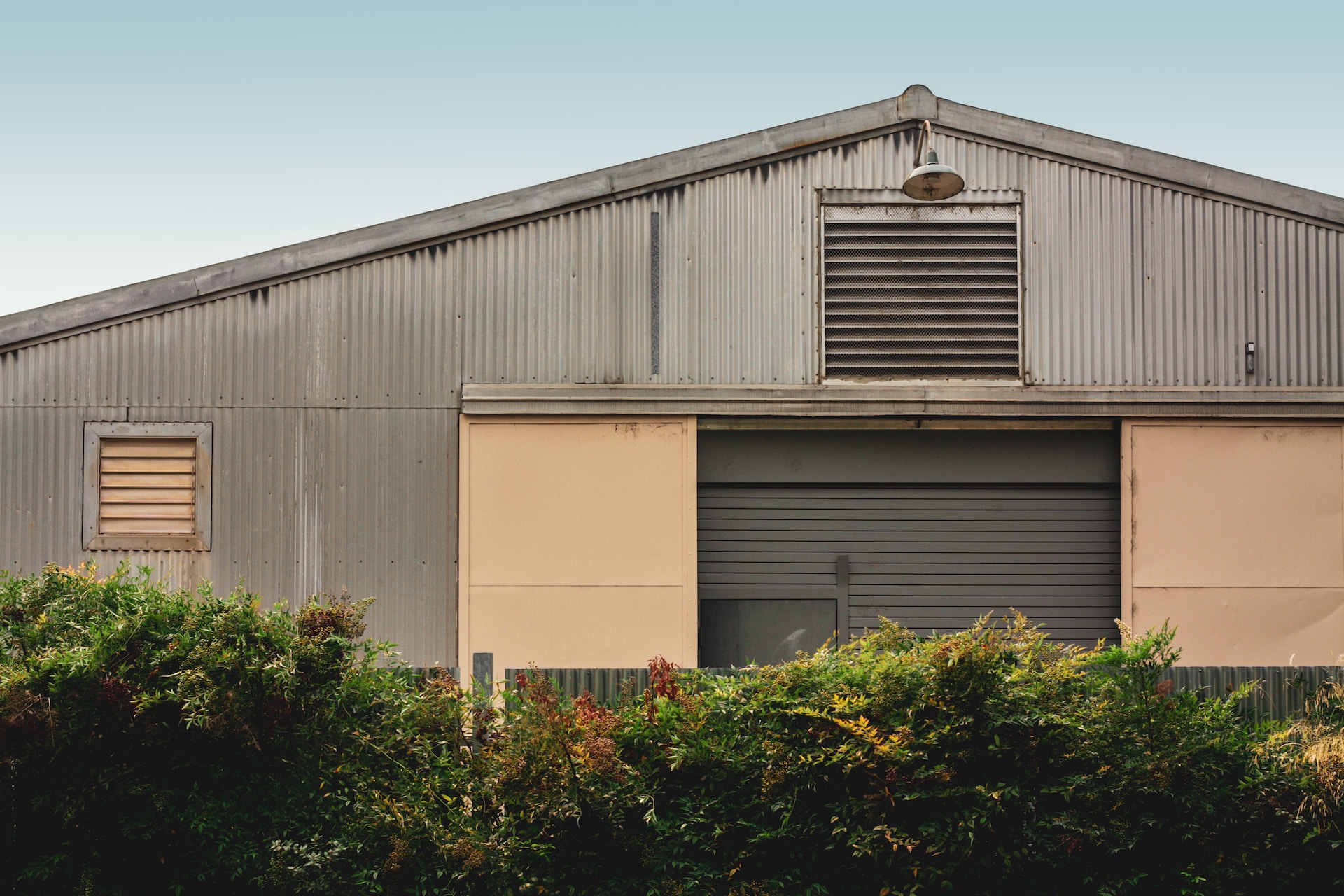Why Metal Utility Buildings Are Once Again Becoming Popular: A Comprehensive Exploration
Metal utility buildings, with their sturdy construction and versatile applications, have witnessed a resurgence in popularity in recent years. Their appeal extends beyond mere functionality, reflecting a broader trend towards sustainability, adaptability, and aesthetics. This article explores the reasons behind the renewed interest in metal utility buildings, delving into their various applications and benefits.
Durability and Sustainability: Built to Last
One of the core reasons for the resurgence of metal utility buildings is their renowned durability. Constructed from strong metals like steel and aluminum, these structures are designed to withstand extreme weather conditions, resist pests, and endure for decades with minimal maintenance. Furthermore, metal is often a more environmentally sustainable choice, as it can be recycled and repurposed. This focus on long-lasting and eco-friendly construction resonates with a growing awareness of sustainability, making metal utility buildings a responsible and attractive option.
Utility and Versatility: A Multitude of Applications
Metal utility buildings have earned a reputation for their wide range of applications. From garages and workshops to storage spaces and emergency shelters, the possibilities are seemingly endless. Their structural integrity allows for customization and adaptability to suit specific needs, whether for personal, commercial, or industrial purposes.
On Patios: A Stylish Addition
On patios, metal utility buildings have found a unique niche. Homeowners are increasingly using them as extensions of their living spaces, providing shelter for outdoor kitchens, entertainment areas, or simply as aesthetically pleasing garden sheds. Their sleek design and potential for customization mean they can blend seamlessly with existing architecture, adding both functionality and style. The resurgence of these buildings on patios reflects a desire for outdoor living spaces that combine practicality with elegance. If you’re not using a patio chair cover you can store your chairs in the utility building when not in use to protect them from the elements too.
On Farms: Essential for Agriculture
Farms have long been a traditional setting for metal utility buildings, and their popularity in this context shows no signs of waning. Farmers value these structures for their resilience and adaptability, using them as barns, equipment storage, feed shelters, and more. The ability to withstand harsh environmental conditions ensures that they continue to serve essential roles on farms, safeguarding valuable assets and contributing to efficient agricultural operations.
As Utility Structures: Meeting Modern Needs
Beyond patios and farms, metal utility buildings serve as essential utility structures in various other contexts. Businesses utilize them as warehouses, municipalities as maintenance facilities, and individuals as private workshops or garages. The inherent strength and adaptability of metal construction enable these buildings to meet modern utility needs, accommodating diverse requirements with ease and efficiency.
Affordability: A Cost-Effective Solution
Despite their many advantages, metal utility buildings remain a cost-effective solution. Compared to traditional wood or brick constructions, metal buildings often come at a lower initial cost and offer savings in terms of maintenance and energy efficiency. This economic advantage further bolsters their appeal, especially in a time when budget-conscious decisions are highly valued.
Key Features: What Makes Metal Utility Buildings Stand Out
The return to popularity of metal utility buildings can be attributed to several distinct features that set them apart from other types of structures. Here’s a look at some of these key characteristics:
- Strength and Resilience: Metal buildings are known for their ability to withstand harsh weather conditions, providing a stable and secure environment.
- Low Maintenance Requirements: Unlike wood or brick, metal doesn’t rot or warp, reducing the need for regular upkeep.
- Design Flexibility: With options for customization, these buildings can be tailored to fit specific needs and aesthetic preferences.
- Energy Efficiency: Many metal buildings are designed with insulation and energy-saving features, contributing to long-term cost savings.
- Environmentally Friendly: The potential for recycling and repurposing metal makes these structures a sustainable choice.
- Quick Construction: Prefabricated options often allow for faster construction times compared to traditional methods.
These features combine to create a compelling case for metal utility buildings, catering to a wide range of needs and preferences. Whether it’s the strength to withstand the elements, the flexibility to create a unique design, or the commitment to sustainability, these attributes contribute to the renewed interest in metal as a preferred building material. This comprehensive set of benefits explains why metal utility buildings are enjoying a resurgence, offering a versatile and sensible solution for today’s diverse requirements. You can find out more regarding metal utility buildings here where you can see their application in multiple spheres.
A Time-Tested Choice for a Modern World
The resurgence in popularity of metal utility buildings is not a fleeting trend but a logical response to contemporary needs and values. Their durability, versatility, sustainability, and affordability align with modern demands for structures that are both functional and responsible. Whether enhancing a patio’s appeal, supporting a farm’s vital operations, or meeting diverse utility needs, metal utility buildings are proving once again that they are a time-tested choice, well-suited to our ever-changing world. Their renewed popularity is a testament to their enduring relevance and a reminder of the potential that lies in embracing proven solutions with a forward-thinking approach.

